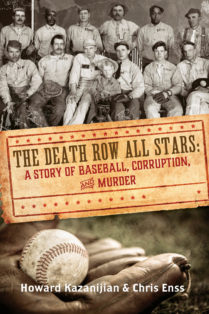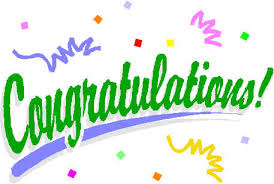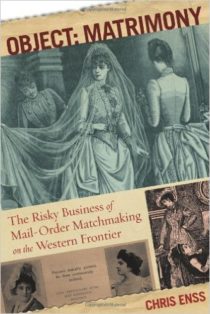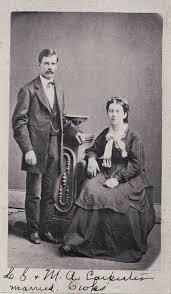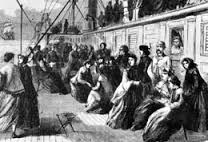Enter to win a copy of the book
Death Row All Stars: A Story of Baseball, Corruption, and Murder.
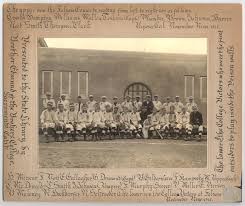
Sheep rancher Joe Emge woke up fast from a fitful slumber late on a chilly night in early April 1909 near Spring Creek, Wyoming. There was no light inside the wagon where he and one of his ranch hands had bedded down. When the darkness around him began to break up and his eyes slowly adjusted, he saw the dim, blurred outline of a man standing over him. Joe squinted and strained to focus on the object the imposing figure was pointing at him. When he realized the object was a six-shooter, it was too late.
Cattleman George Saban pulled the trigger back on his .35 automatic and fired a shot into Joe’s face. He quickly pulled the trigger back again and slapped the hammer with his left hand; it was the fastest way to get off several more shots. The objective was to not only kill Joe but also the other man in the wagon. It was a job the gunman dispatched with ease and no regret.
George jumped out the vehicle and stood in a pool of firelight cast by a smoldering campfire. He heard gunfire erupting inside a second wagon close by, and he turned to see what had happened.
Joe Allemand, a sheep rancher with a bullet hole in his back, stumbled out the wagon, picked himself up, and staggered away from the scene, his hands in the air. Two gunmen, Herb Brink and Ed Eaton, stepped out of the wagon behind him. Herb leveled his Winchester at Joe and fired. Joe lurched forward and fell hard in the dirt, dead. “It’s a hell of a time at night to come out with your hands up,” Herb quipped.
Herb marched over to a stand of sagebrush, gathered a handful, and placed the end into the campfire. The brush crackled and snapped as it burned. He held it up in the air and watched the flame grow then tossed it under the wagon nearest him. In a matter of moments the vehicle was engulfed in fire. George followed Herb’s lead, grabbed a fistful of dry vegetation and dipped it into the flames licking the wheels of the wagon.
As the three men watched the fire burn and consume the vehicles and the gear around it, the report of a series of gunshots in the near distance was heard. Four of George and Herb’s cohorts had unloaded their weapons into a large herd of sheep. The few animals that managed to escape scattered, bleating loudly as they ran away.
George walked over to his horse which was tied to an old, rain-bleached post and lifted himself into the saddle as though he hadn’t a care in the world. He nudged his ride away from the chaos and trotted off into the shadows of the landscape, leaving the others to follow after him.
To learn more about the All Stars and the games they played to save their lives read
The Death Row All Stars: A Story of Baseball, Corruption, and Murder.

